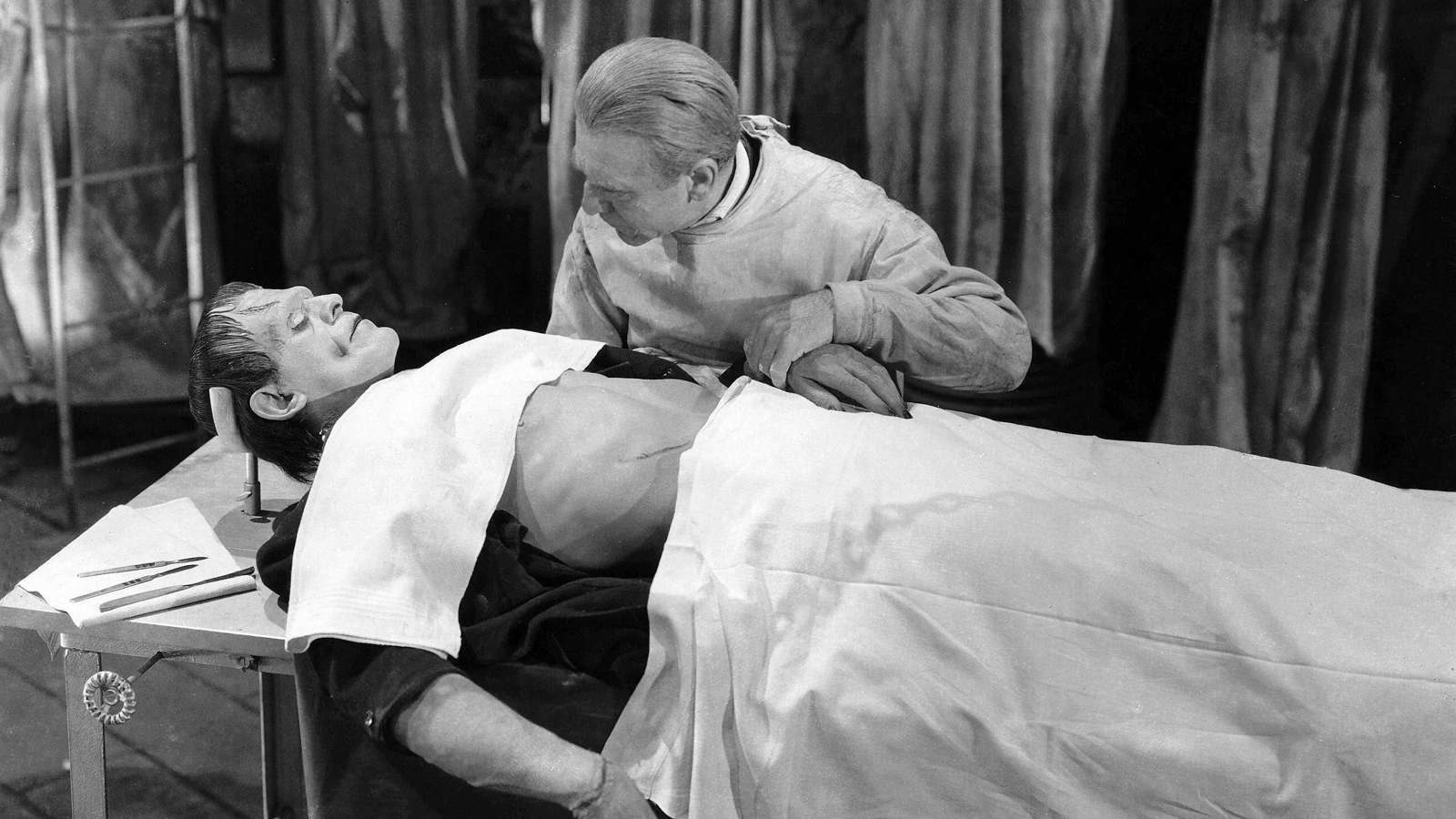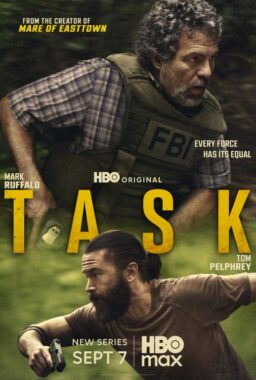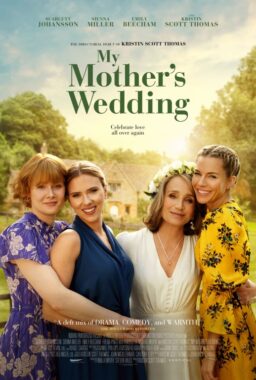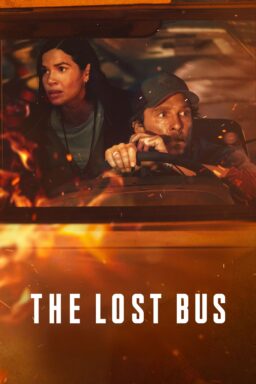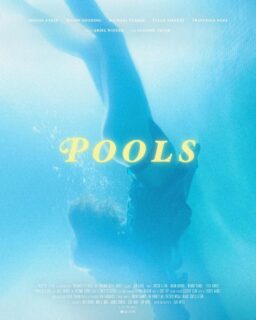Few characters in the history of horror fiction, or any kind of fiction for that matter, have remained as iconic as Frankenstein’s monster. Ghoulish in its concoction but pitiable in its existence, the creature forces us to question the ethics of science run amok, the mortal nature of life, and mankind’s seemingly innate disgust at the things it doesn’t understand. And while all of these themes have been relevant since the time the original novel was written, what adds to the long legacy of the character and his story are the various interpretations of it.
But why does the story of Frankenstein thrive like this, while other horror icons often feel so diluted through each subsequent adaptation? Why is it such a prime candidate for remix and reinvention? Likely, it has to do with the questions it asks, with each director, writer, and artist attached to it providing their own unique answers. Every creator involved in Frankenstein has become a mad doctor themselves, each adaptation reflecting their particular obsessions and traumas.
It’s what makes Frankenstein so great to this day. There’s no one way to tell his tale. We simply approach it, body parts in hands, ready to design a monster in our own image.
1816: Mary Shelley’s Novel
When 19-year-old Mary Shelley invented the saga, she was the young wife of a famous poet, competing among friends to see who could come up with a scary story. This competition is inherent in Victor Frankenstein’s motivation, for what is the need to defeat death if not claiming ultimate victory against biology itself? Fascinated by Galvanism, the process of applying electrical current to organisms in a way to prompt convulsions and by stories of the supernatural, Shelley applied these interests to Frankenstein, developing a narrative that would one day eclipse the fame of her, her husband, and their contemporaries.
Shelley had been extensively tutored in her youth by her father, who would later all but abandon her due to his dissatisfaction with her future husband. Along with the fact that she and her husband often found themselves broke and living on the outskirts among other artists, this all provides a fitting foundation for the monster, a man whose paternal figure leaves him in horror and thus finds solace in learning language. Frankenstein is not the outlandish product of a young woman’s imagination in the early 19th century but the culmination of a life’s worth of ideas and sorrows.
The response to it was immediate, partly because of its qualities as a gripping horror tale, but also likely due to the macabre trend in medical science prevalent at the time—“body snatchers” robbing corpses and illegally selling them for use in schools. By 1832, the British Parliament established a law to stop it, but it was shocking that Shelley seemed to be dramatizing the crimes and then asking readers to consider the moral implications of their fantastical aftermath.

1931: James’ Whale’s “Frankenstein” and “Bride of Frankenstein”
A little over 100 years later, another creator would apply themselves to the Frankenstein mythos, giving the gruesome story a now-classic visual iconography. Gay filmmaker James Whale’s time in Hollywood is troubled at best, marked by a blend of extreme successes and devastating failures, some financial and some personal. By the early 1940s, a decade after he’d begun work with the mega studio Universal, he’d be all but expunged from the motion picture industry. This sense of alienation, combined with Whale’s tendency to try and push boundaries as a director were all funneled into 1931’s “Frankenstein.”
This recreation doesn’t just belong to Whale, who was both revolutionizing the horror genre and recreating himself (sometimes to his lament) as a horror director. Lead star Colin Clive, who played Henry Frankenstein, was a fiery performer caught in the throes of a long battle with alcoholism. In both this and “Bride of Frankenstein,” he brought a sense of vehement, doomed passion, rendering the novel’s main character as a tragic Hollywood lead. And in the role of the monster was Boris Karloff, previously a bit player whose sunken cheeks and unwavering gaze would not only lead to a career-spanning engagement with horror but a complete revitalization of his career. By “Bride of the Frankenstein” in 1935, the credits simply listed him as “KARLOFF,” a man grown to embody cinematic horror itself.
Meanwhile, the Bride offered Whale another chance to redefine the story. In the novel, the creature asks for a mate to ease his loneliness, but in the middle of surgery, Victor panics at the potential chaos of unleashing two of these things upon the world and violently dismembers it before it can be awakened. In “Bride,” though, the experiment is finished and released to a world of male urges—Henry creating her against her will for another man, the malevolent Dr. Pretorius gazing on her with nefarious curiosity, and the monster reaching for her, claiming her as his right. That she is played by Elsa Lanchester, who plays Mary Shelley herself in the film’s opening, intensifies this particular reading. A woman can create the most famous horror character in history, but in the end, it is men that want to control her destiny.
These men (and women) not only gave Frankenstein a face but turned the monster into an empathetic everyman. The monster is all of us, from Whale whose sexual orientation and creative daringness meant that he would inevitably clash with a filmmaking system desperately turned into a moral arbiter, to those suffering at the time from the Great Depression, discarded by the financial and authoritative institutions that they’d once placed their trust (and their hopes) in. When the monster utters “We belong dead!” before throwing the castle-exploding switch at the end of “Bride,” it is the ultimate moan of defeat and defiance, just as impactful as the creature quoting Paradise Lost in the original novel: “Did I request thee, maker, from my clay to mould me man?”
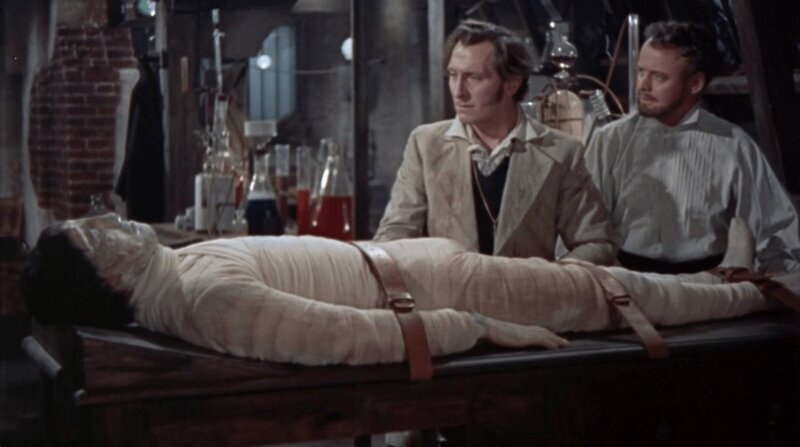
1957: “The Curse of Frankenstein”
It’s not just people but entities and companies that have found themselves remade by Frankenstein. Along with their previous efforts like The Hunchback of Notre Dame, The Phantom of the Opera and Dracula, Frankenstein helped turn Universal Pictures into a go-to house of horror, giving them one of the biggest genre booms any studio has ever seen. But perhaps the biggest second wind given by Shelley’s tale is the one it gave to Hammer Film Productions.
So closely related is Hammer to its British horror successes in the mid 20th century that its early period is often ignored. And quite honestly, even when recognized it’s easy to forget, as it was so often marred by cheap and lackluster productions. On its trajectory in the 30s and 40s, it was destined to simply eke out an existence, completely overshadowed in cinema’s Golden Age. But thanks to the science fiction success found in the Quatermass franchise, Hammer gained its footing and then threw a grenade into the horror industry itself with “The Curse of Frankenstein.”
It was with this 1957 film that Hammer put itself on the map as a genre force to be reckoned with, remaking its entire identity. Barred from using anything close to Universal’s classic Frankenstein look due to copyright issues, they created a design for the creature that was much more hideous. With the scars slathered on the menacing Christopher Lee, Hammer set the standard for itself as a purveyor of shocking, colorful, gothic horror, their effects and violent scenes seemingly testing the waters for later splatter directors like Herschell Gordon Lewis.
While the monster was returned to the continent of its origin, it played far looser with the thematic consequences of the source material. It re-establishes some of the anatomical grimness of the novel, doing away with Universal’s collection of flashy lab equipment, but in its place turns the doctor into a stone cold killer and the monster into a lumbering psychopath. It does not ask the audience if Frankenstein is right to pursue his scientific goals, only to acknowledge that he’s now a jerk.
Actors like Peter Cushing and the aforementioned Lee gained lifelong associations with their roles as madmen and monsters, respectively. Director Terrence Fisher, who while talented, was the epitome of a workmanlike filmmaker, and found a niche with his steady hand over the proceedings. And Hammer rode the broad shoulders of Frankenstein to global success, churning out dozens of horror films in its wake. That they eventually exhausted themselves and fell behind the times was not the fault of Frankenstein, but of their inability to abandon him.

1973: “Flesh for Frankenstein”
The potential of the Frankenstein story as a cadaver to be experimented on has perhaps never been as exploited as with Paul Morrisey’s “Flesh for Frankenstein.” Known for his avant garde films and relationship with Andy Warhol, Morrisey imbued the story with a deep sense of sexuality, gore and comedy. With Udo Kier in the role of the mad Baron, Morrisey’s film is delightful camp satire, a Mary Shelley version of the ’60s “Batman” TV show where the story is both played straight and for laughs simultaneously.
Here, the novel’s Freudian undertones are quite literally bared. The idea of Frankenstein, a withdrawn scientist absconding from normal relationships with his beloved to construct a handsome, vital superman, is the one that Flesh clings to. Haunted by the libidos of himself and his creations, Baron Frankenstein and those around him are quite literally ruined by their sex drives.

1994: Mary Shelley’s “Frankenstein”
Twenty years later, Kenneth Branagh, still riding off the success of his adaptation of “Henry V,” approached Frankenstein with a similar sense of bombastic theatrics. Casting himself in the title role and with the film carrying the name “Mary Shelley’s Frankenstein” (Because, get it, this is the REAL version,) Branagh’s film ranges from effective to broad, loud melodrama on an almost scene by scene basis. The casting of Robert De Niro as the monster is inspired in the loosest sense of the word, seeming like less of a surefire decision and more of the product of an Academy Award winner dartboard.
All of this, along with turning the creator’s melancholy trudge of vengeance into a pulse-pounding journey, adds up to reframing Frankenstein as a sort of epic, romantic adventure. It’s not “Mary Shelley’s Frankenstein” but rather “Francis Ford Coppola’s Bram Stoker’s Dracula’s Mary Shelley’s Kenneth Branagh’s Frankenstein.”
2017: The Dark Universe
Even the failed attempts are reinventive in nature, with one of the latest conceived as part of an effort to clobber together Universal’s now aborted “Dark Universe.” Starting off with 2017’s “The Mummy,” eventually a branch of the cinematic tree would’ve led to a “Bride of Frankenstein” remake, starring Javier Bardem and directed by Bill Condon. “The Mummy” was all that would come from it, though, with Universal announcing in early 2019 that it was gonna go a different route.
How Frankenstein would’ve looked in a Marvel-inspired expanded story is anyone’s guess. That said, it probably would’ve functioned a lot like a glossy version of Universal’s horror meet-up films in the 1940s, where characters like Frankenstein, the Wolfman and Dracula would inevitably clash for reasons that are rarely important or remembered.

HONORABLE MENTIONS: “The Munsters,” “Frankenstein: The True Story,” “Frankenstein,” “Penny Dreadful”
In 1964, “The Munsters” ensured that the classic Universal monsters, usually Victorian in nature, were now firmly Americana, placing their likenesses in a sitcom that plays like “The Beverly Hillbillies” with bolts in its neck. 1973’s Frankenstein: The True Story has the same penchant for violence and make-up as the Hammer films, but adds various twists to it as if to assure us that every previous adaptation (and the Shelley novel itself) was just a dramatic recreation of this. And the 1992 made-for-TV Frankenstein stars Randy Quaid as the monster, sharing a psychic connection with his creator and fitting in with the wave of early ’90s low budget sci-fi like Mindwarp or Mandroid. And finally of note is Showtime’s “Penny Dreadful” series, a 2014 show that featured both Frankenstein and the Creature as lead characters, using the latter as both player and Greek Chorus as he exemplifies the themes of loneliness and grief.
